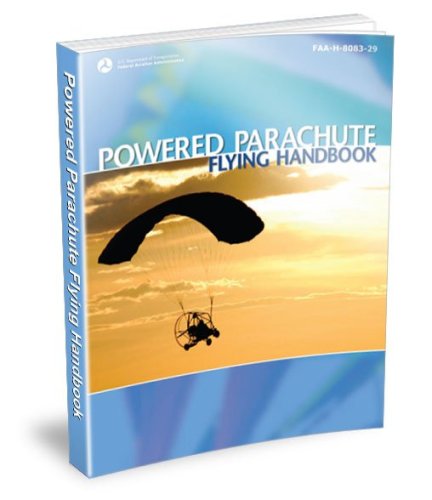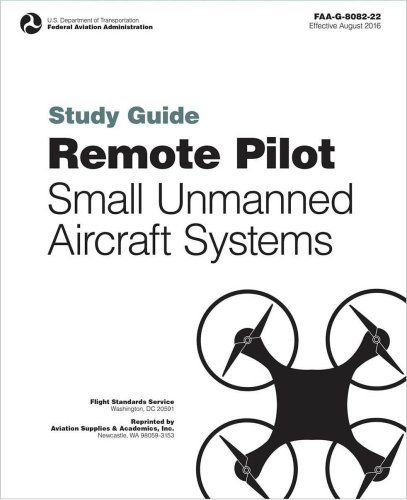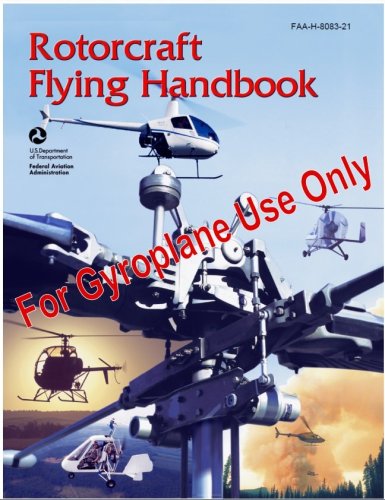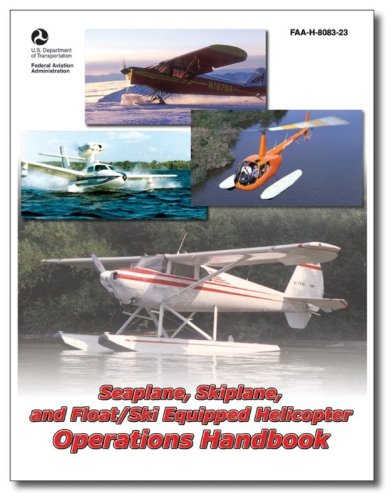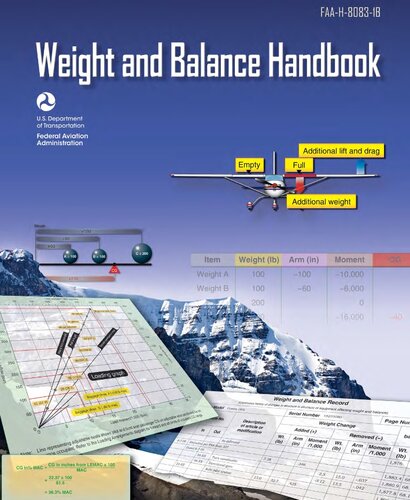-
Posts
9,207 -
Joined
-
Last visited
-
Days Won
106
Content Type
Profiles
Forums
Gallery
Downloads
Blogs
Events
Store
Aircraft
Resources
Tutorials
Articles
Classifieds
Movies
Books
Community Map
Quizzes
Files posted by Admin
-
Powered Parachute Flying Handbook
By Admin in Book Downloads
A powered parachute (PPC) is a category of aircraft that requires the pilot to inflate the wing (parachute) and then control the aircraft with a “pendulum configuration” of the cart hanging below it. This unique and fun aircraft is an evolution of ultralight aircraft including the parachute, paraglider, and powered paraglider. This new FAA handbook introduces the basic pilot skills and knowledge essential for piloting powered parachutes. It benefits student pilots just beginning their PPC endeavors, as well as those pilots wishing to improve their flying proficiency and aeronautical knowledge, and flight instructors engaged in the instruction of both students and licensed pilots.
Here the pilot is shown the realm of powered parachute flight and given information and guidance in the performance of procedures and maneuvers required for pilot certification. The handbook begins with an introduction to powered parachutes, including a history of this unique aircraft. Chapters cover aerodynamics, components and systems, powerplants, preflight and ground operations, basic flight maneuvers, takeoffs and departure climbs, airspace, ground reference maneuvers, airport operations, approaches and landings, and night, abnormal, and emergency procedures.
This book is the official FAA source for learning to fly powered parachutes and many test questions for the powered parachute FAA Knowledge Exam come from this reference. Illustrated throughout with full-color graphics and photography, indexed, soft cover, 160 pages.
0 downloads
0 comments
Submitted
-
Remote Pilot Small Unmanned Aircraft Systems
By Admin in Book Downloads
The Federal Aviation Administration (FAA) has published the Remote Pilot – Small Unmanned Aircraft Systems (sUAS) Study Guide to communicate the knowledge areas you need to study to prepare to take the Remote Pilot Certificate with an sUAS rating airman knowledge test.
Topics include: applicable regulations; airspace classification, operating requirements, and flight restrictions; aviation weather sources; effects of weather on performance; aircraft loading; emergency procedures; crew resource management; radio communication procedures; physiological factors affecting pilot performance; aeronautical decision-making and judgement; airport operations; maintenance and preflight inspection procedures.
The FAA version is available for free download on the Recreational Flying website for registered users
1 download
0 comments
Submitted
-
Rotorcraft Flying Handbook
By Admin in Book Downloads
The Rotorcraft Flying Handbook is designed as a technical manual for applicants who are preparing for their private, commercial, or flight instructor pilot certificates with a helicopter or gyroplane class rating. Certificated flight instructors may find this handbook a valuable training aid, since detailed coverage of aerodynamics, flight controls, systems, performance, flight maneuvers, emergencies, and aeronautical decision making is included.
Topics, such as weather, navigation, radio navigation and communications, use of flight information publications, and regulations are available in other Federal Aviation Administration (FAA) publications. This handbook conforms to pilot training and certification concepts established by the FAA. There are different ways of teaching, as well as performing flight procedures and maneuvers, and many variations in the explanations of aerodynamic theories and principles.
This handbook adopts a selective method and concept to flying helicopters and gyroplanes. The discussion and explanations reflect the most commonly used practices and principles. Occasionally, the word "must" or similar language is used where the desired action is deemed critical. The use of such language is not intended to add to, interpret, or relieve a duty imposed by Title 14 of the Code of Federal Regulations (14 CFR). This handbook is divided into two parts. The first part, chapters 1 through 14, covers helicopters, and the second part, chapters 15 through 22, covers gyroplanes. The glossary and index apply to both parts. It is essential for persons using this handbook to also become familiar with and apply the pertinent parts of 14 CFR and the Aeronautical Information Manual (AIM). Performance standards for demonstrating competence required for pilot certification are prescribed in the appropriate rotorcraft practical test standard. This handbook supersedes Advisory Circular (AC) 61-13B, Basic Helicopter Handbook, dated 1978. In addition, all or part of the information contained in the following advisory circulars are included in this handbook: AC 90- 87, Helicopter Dynamic Rollover; AC 90-95, Unanticipated Right Yaw in Helicopters; AC 91-32B, Safety in and around Helicopters; and AC 91-42D, Hazards of Rotating Propeller and Helicopter Rotor Blades. FAA-H-8083-21
1 download
0 comments
Submitted
-
Seaplane, Skiplane and Float/Ski Equipped Helicopter Operations
By Admin in Book Downloads
From the Federal Aviation Administration, Seaplane, Skiplane, and Float/Ski Equipped Helicopter Operations Handbook provides the most up-to-date, definitive information on piloting water-related aircraft. Along with full-color photographs and illustrations, detailed descriptions make complicated tasks easy-to-understand, while the index and glossary provide the perfect reference for finding any topic and solving any issue.
The Federal Aviation Administration leaves no question unanswered in the most complete book on how to fly water-related aircraft available on the market. Seaplane, Skiplane, and Float/Ski Equipped Helicopter Operations Handbook is the perfect addition to the bookshelf of all aircraft enthusiasts, FAA fans, and novice and experienced pilots alike.
0 downloads
0 comments
Submitted
-
Weight and Balance Handbook
By Admin in Book Downloads
FAA 8083-1B reprint contains helpful information on weight and balance for pilots, flight engineers, and aviation maintenance technicians (AMTs). Weight and balance is one of the most important factors affecting safety of flight. An overweight aircraft, or one whose center of gravity is outside the allowable limits, is inefficient and dangerous to fly. The responsibility for proper weight and balance control begins with the engineers and designers and extends to the pilot who operates and the aviation maintenance technician who maintains the aircraft. This book explains in detail the process to determine the weight and balance of any aircraft. This new edition, has been updated to include information on new Light Sport Aircraft (LSA) and Very Light Jet (VLJ) categories. Applicable to both airplanes and helicopters, this book is a primary reference for all FAA Knowledge Exams for both pilots and mechanics.27 downloads
0 comments
Updated


